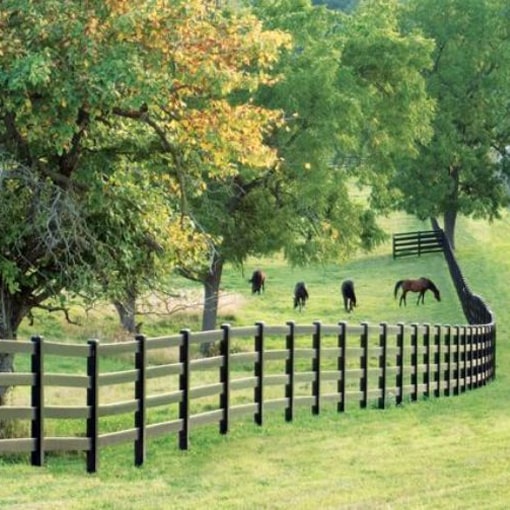All Categories
Featured
Mounting a fence around your building can considerably enhance its visual, personal privacy, and safety appeal. However, prior to the installment process begins, it's vital to appropriately prepare your building to make sure that whatever goes smoothly. Preparing your residential or commercial property can assist prevent unexpected hold-ups, costs, or problems throughout the installation, ensuring a easy and specialist result. Below's a guide on how to prepare your home for fence setup.
Furthermore, look for any underground barriers like lawn sprinkler, irrigation pipelines, or energy lines. You can typically call your regional utility firm to note the locations of these underground attributes to avoid unintended damage during installation. It's always best to make sure the ground is without obstructions prior to the professional begins digging.
![]()
![]()
Final thought. Preparing your home for fence installment is a critical step in the procedure that can conserve you tension, cash, and time. By understanding regional laws, noting residential or commercial property lines, removing the installation area, and connecting with your next-door neighbors, you can ensure a smooth and successful setup. Putting in the time to prepare appropriately will not just make the installment procedure simpler but also lead to an attractive, resilient fence that improves your property for many years to find.
- Check Regional Regulations and Permits. Prior to starting the physical prep work, it's important to recognize the local guidelines bordering fence installation. You may require to obtain a license before installation or verify with your Homeowners Association (HOA) if you live in an area with specific standards.
- Mark Your Residential Property Lines. Knowing precisely where your residential or commercial property lines are is necessary to ensure the fence is mounted correctly. You do not want to accidentally construct part of your fence on your next-door neighbor's land, as this could lead to disputes.
- Clear the Setup Area. Next, you require to prepare the location where the fence will be mounted. Clear the area of any kind of challenges, such as rocks, tree stumps, branches, bushes, or particles. These products can hinder the fence installment procedure and might require extra labor or equipment to eliminate, which might raise expenses and time. If you have an existing fence, it will certainly require to be removed, so think about removing it beforehand to avoid additional demolition costs.
Furthermore, look for any underground barriers like lawn sprinkler, irrigation pipelines, or energy lines. You can typically call your regional utility firm to note the locations of these underground attributes to avoid unintended damage during installation. It's always best to make sure the ground is without obstructions prior to the professional begins digging.

- Consider Accessibility for Setup Tools. During the fencing setup process, heavy equipment such as messages, trucks, or miners might require to access your building. Make certain that there is a clear and available path to your residential property for these automobiles to avoid any hold-ups. It's crucial to review this with your professional beforehand so they can prepare accordingly if you have a slim driveway or restricted access. Clearing up the path additionally helps to avoid damage to your yard, landscaping, or any kind of frameworks near the installation area.
- Interact with Neighbors. If you're setting up a fence on or near the residential property line, it's well-mannered to educate your neighbors about the project in advance. If you're working with a professional, ask them to be conscious of your neighbor's home during installment.
- Select Your Fencing Product and Design. Before installment begins, make a decision on the kind of fencing material and design you want. Furthermore, make sure to communicate your selection with the contractor so they can prepare appropriately, ensuring they have all the essential products on hand for a smooth setup.

- Get ready for the Final Touches. When the fence is installed, you may need to look after some final touches. These can consist of staining or painting a timber fencing, adding message caps, or guaranteeing evictions swing correctly. The installation group may need extra time to ensure every little thing straightens as prepared if you've opted for an ornamental or personalized layout. It's a great idea to inspect the fencing once the setup is complete to make sure whatever meets your expectations.
Final thought. Preparing your home for fence installment is a critical step in the procedure that can conserve you tension, cash, and time. By understanding regional laws, noting residential or commercial property lines, removing the installation area, and connecting with your next-door neighbors, you can ensure a smooth and successful setup. Putting in the time to prepare appropriately will not just make the installment procedure simpler but also lead to an attractive, resilient fence that improves your property for many years to find.
Latest Posts
Stylish Convenience Starts from the Ground Up
Published Apr 20, 25
1 min read
Discovering the Conveniences of WyHy Share Interest-bearing Account
Published Apr 20, 25
1 min read
A Retro Eating Experience at Gasoline Allie's.
Published Apr 20, 25
2 min read